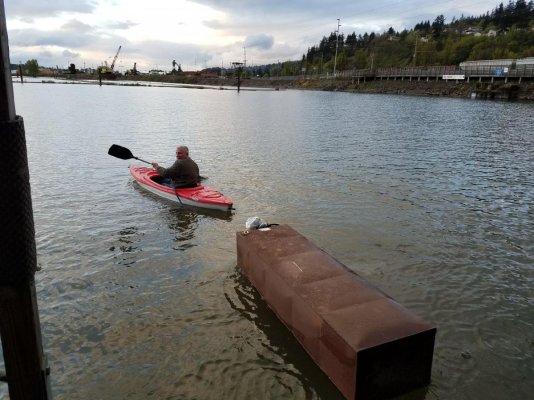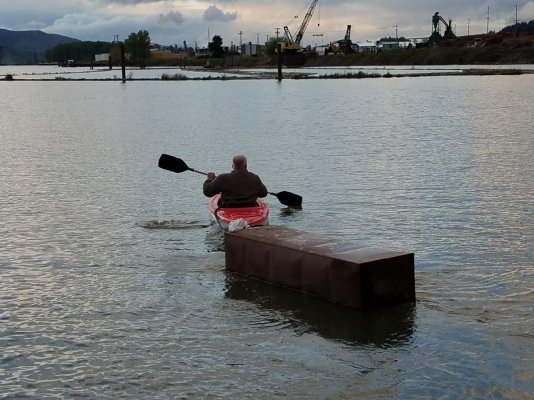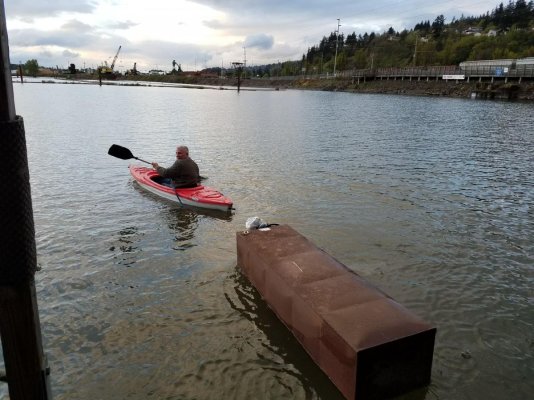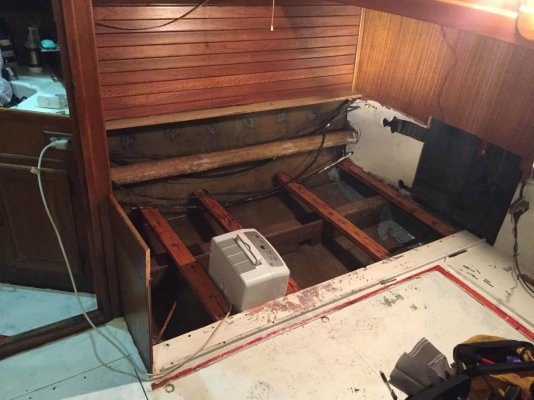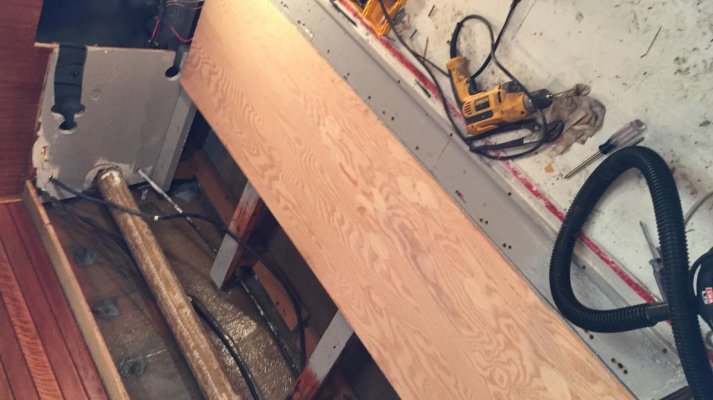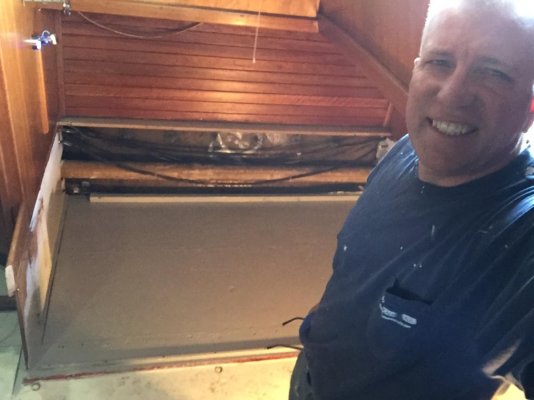I'm still waiting to hear from someone in the US as to why this could even happen in view of the comment above. I can't believe that in such a safety conscious country as the US, they would allow hands-free fuel pumping without a safety tank-full shut-off system.
I just came through California, Oregon and Washington, fuelling the Motorhome in each. I didn't find anywhere that had the hands free clip removed. I was able to set the nozzle and go clean the windows. I saw truckers set the nozzle and go inside the store. This may not apply universally, but they certainly don't have the safety rules that we have in Canada, where all pumps have the hands free clip removed.


